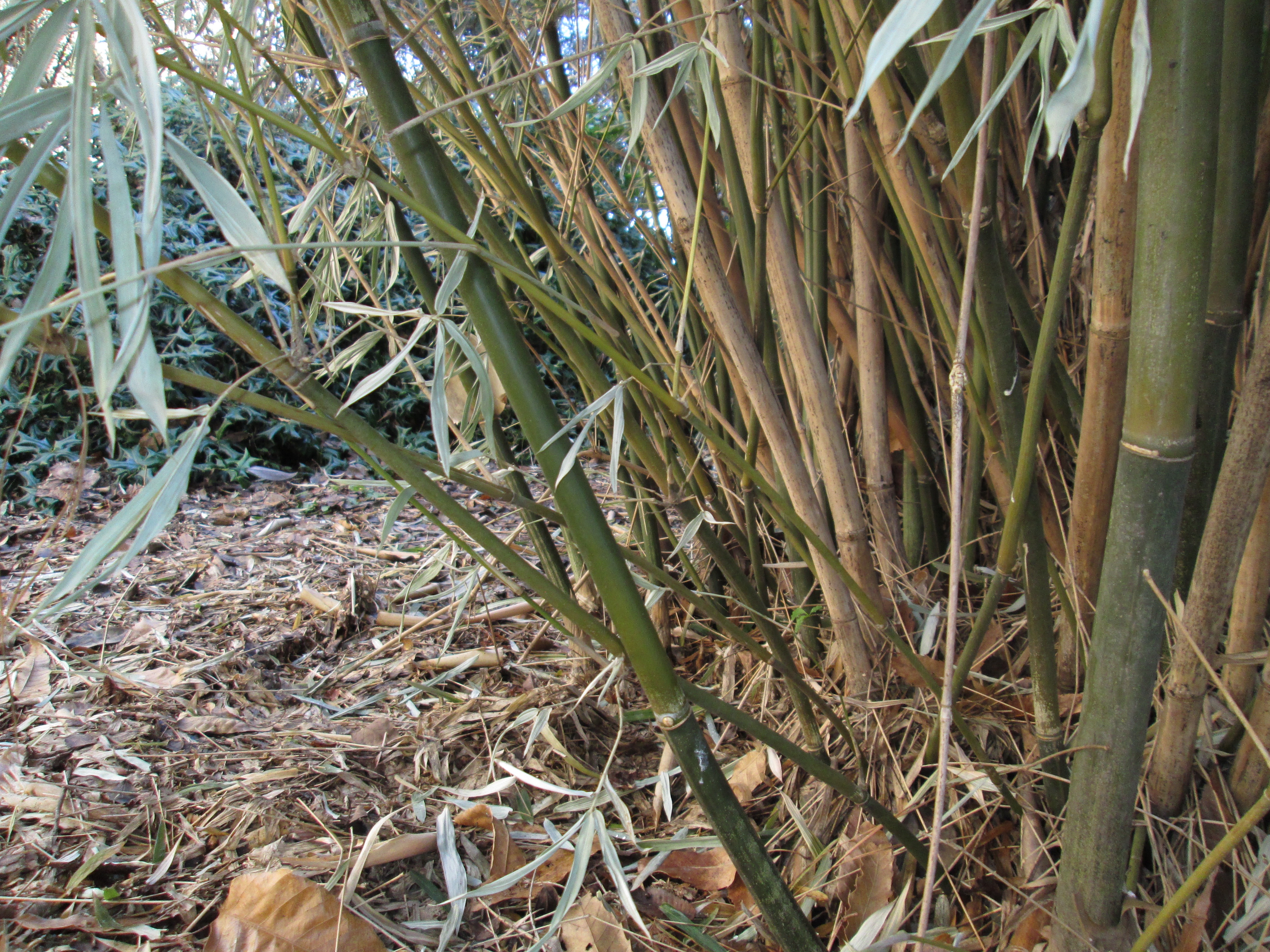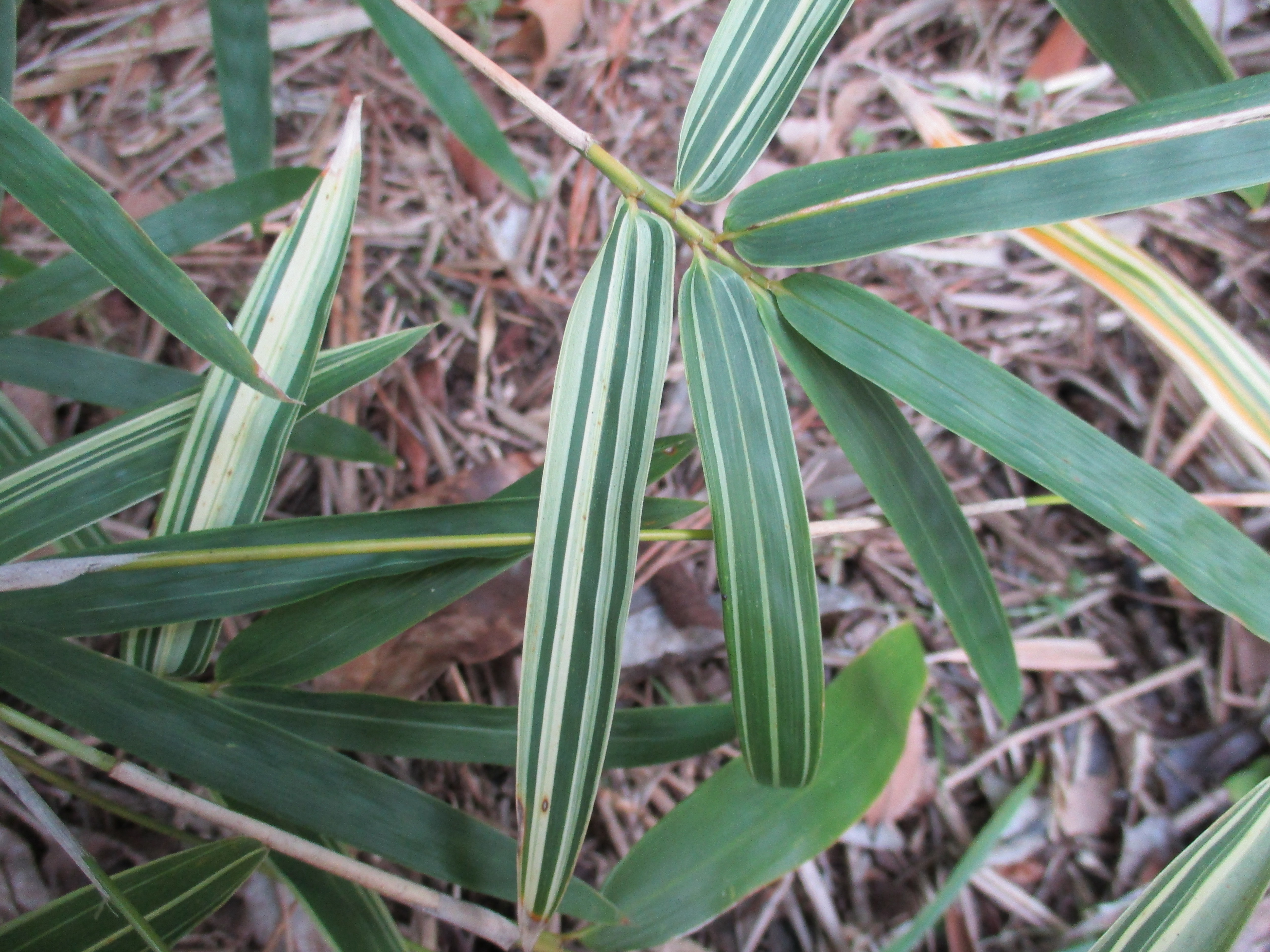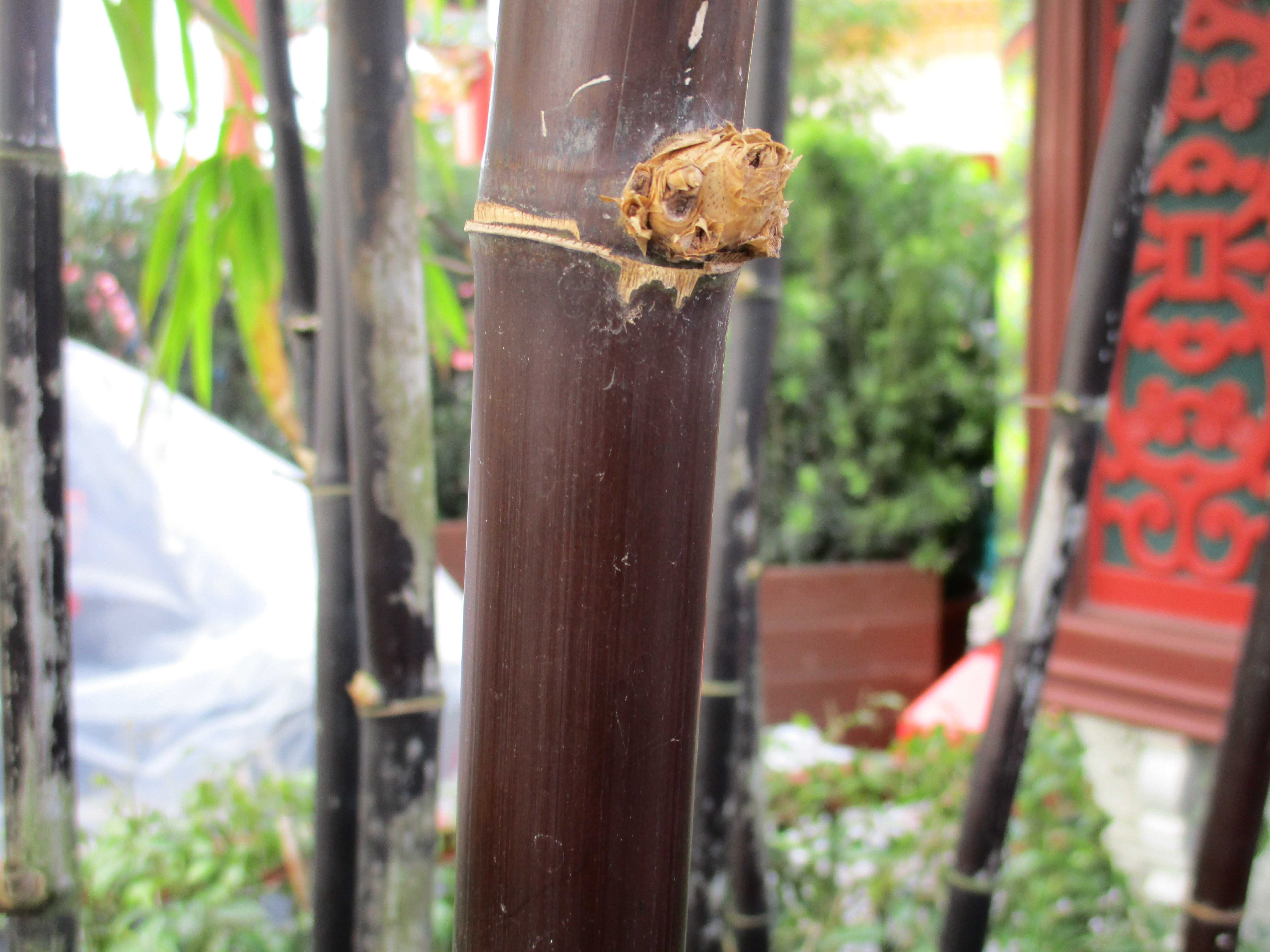Clumping Bamboos
go.ncsu.edu/readext?645477
en Español / em Português
El inglés es el idioma de control de esta página. En la medida en que haya algún conflicto entre la traducción al inglés y la traducción, el inglés prevalece.
Al hacer clic en el enlace de traducción se activa un servicio de traducción gratuito para convertir la página al español. Al igual que con cualquier traducción por Internet, la conversión no es sensible al contexto y puede que no traduzca el texto en su significado original. NC State Extension no garantiza la exactitud del texto traducido. Por favor, tenga en cuenta que algunas aplicaciones y/o servicios pueden no funcionar como se espera cuando se traducen.
Português
Inglês é o idioma de controle desta página. Na medida que haja algum conflito entre o texto original em Inglês e a tradução, o Inglês prevalece.
Ao clicar no link de tradução, um serviço gratuito de tradução será ativado para converter a página para o Português. Como em qualquer tradução pela internet, a conversão não é sensivel ao contexto e pode não ocorrer a tradução para o significado orginal. O serviço de Extensão da Carolina do Norte (NC State Extension) não garante a exatidão do texto traduzido. Por favor, observe que algumas funções ou serviços podem não funcionar como esperado após a tradução.
English
English is the controlling language of this page. To the extent there is any conflict between the English text and the translation, English controls.
Clicking on the translation link activates a free translation service to convert the page to Spanish. As with any Internet translation, the conversion is not context-sensitive and may not translate the text to its original meaning. NC State Extension does not guarantee the accuracy of the translated text. Please note that some applications and/or services may not function as expected when translated.
Collapse ▲For Eastern NC, the “list” of well-adapted clumping bamboos seems to be limited to cultivars within Bambusa multiplex. Otherwise, most clumping species are either poorly adapted to our potential winter temperatures, or unable to handle our summer heat. When planting non-native bamboos into the landscape, it’s critical that we do choose clumpers and avoid the runners due to the extreme invasiveness that has been observed with non-native running species (for example, see the NC Forest Service note on Phyllostachys aurea). In our part of the state, we do have a native, running bamboo, which is variously described as Arundinaria gigantea; Arundinaria gigantea and a smaller related species, A. tecta; or A. tecta as a variety of A. gigantea. It’s certainly worth conserving for its wildlife value, but doesn’t seem to generate much interest as a cultivated landscape plant.
A clump of Bambusa multiplex ‘Silver Stripe’ was planted at the Craven County Agricultural Building around 1995. It has performed well, but does take a beating in the colder winters. Currently there’s a need for a major cleaning out of dead stems, many of them left over from the winter of 2018. Additional pruning is needed to reduce the number of stems that have sprawled out, virtually sideways, from the otherwise well-behaved clump.
The clumping Bambusa lako (Timor Black Bamboo), recently spotted at Disney World’s Epcot Center in Orlando, would be a great complement to our B. multiplex planting, but the cold tolerance just isn’t there. (Interestingly, B. lako nomenclature is under discussion, and the plant may end up placed in a different genus.)
It’s easy to understand the attraction of non-native bamboos, but the great majority that can survive here also happen to be aggressive, running types. Many of these individual infestations run on for about as far as the eye can see, causing great harm to native plant communities.
For additional information, see the March 2019 publication Growing Bamboo for Commercial Purposes in the Southeastern U.S.: FAQs.








